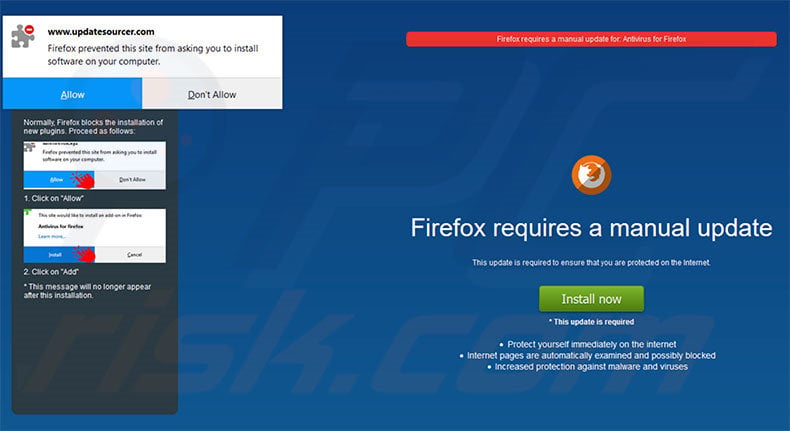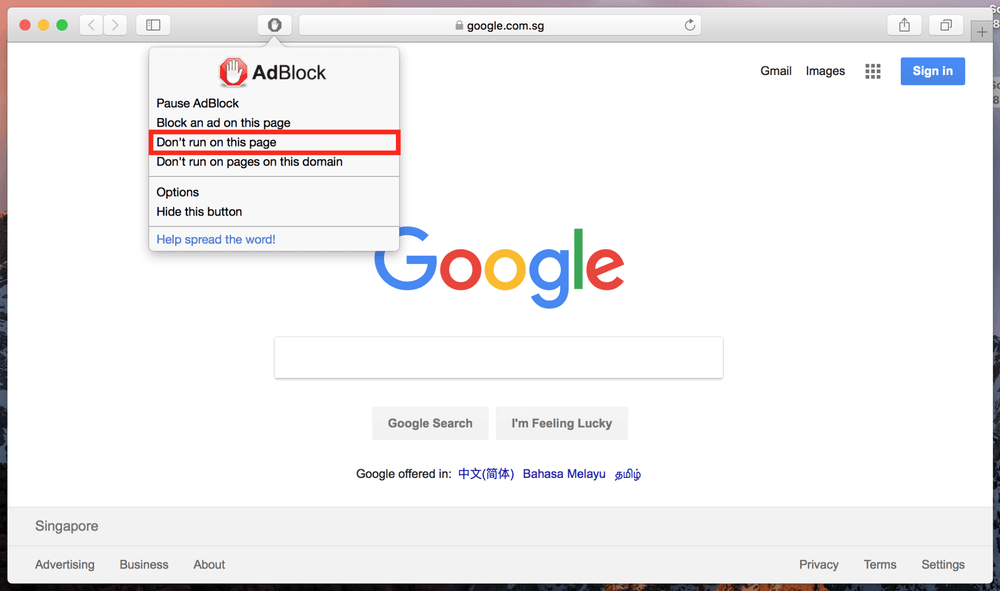

Scroll down and select Mozilla Firefox from the list of programs.Ī pop-up dialog asks you to confirm the Firefox removal. Open the Windows Control Panel and select Programs and Features. Uninstalling programs works differently in Windows 8 and Windows 7. How to Uninstall Firefox in Windows 8 and 7 All leftover data associated with Firefox is removed. If you see additional folders for Firefox extensions and plug-ins, delete those. Right-click the Firefox folder and select Delete. The Roaming sub-folder of AppData displays. To find and delete these files, open Windows File Explorer and type %APPDATA% in the address bar. The Firefox application was uninstalled, but there are remnants on your hard drive, including browsing history, bookmarks, and other data. If you plan to reinstall Firefox and want to keep your bookmarks, stop here and skip the rest of the steps in this section.

Select Finish to exit the Uninstall Wizard. Select Next to begin the uninstall process.Ĭonfirm the location of the Firefox installation is correct, and then select Uninstall.įirefox is removed from your PC, and a confirmation message displays. If the Windows User Account Control dialog asks if you want to allow this app to make changes to your device, select Yes.įirefox’s Uninstall Wizard opens. Scroll down the application list and select Mozilla Firefox. Type apps & features in the search bar beside the Windows Start menu and then choose Apps & features from the pop-up menu. You can uninstall Firefox the same way you remove any program from Windows.īefore you begin, close any open Firefox windows to make sure the browser is completely shut down. Instructions in this article apply to Mozilla Firefox for Windows, macOS, iOS, and Android.


 0 kommentar(er)
0 kommentar(er)
